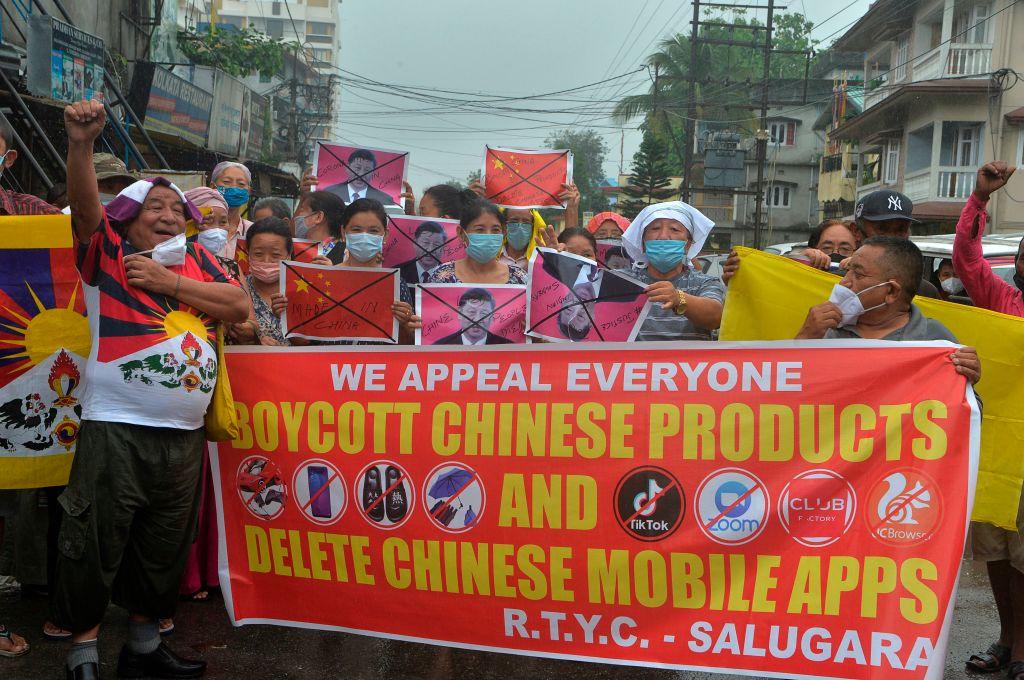Commentary
Communist China has decided it must crush Hong Kong because it knows the city presents an information-streaming ethnic, geographic, political, and ideological alternative to the Chinese Communist Party’s (CCP) authoritarian police state.

Communist China has decided it must crush Hong Kong because it knows the city presents an information-streaming ethnic, geographic, political, and ideological alternative to the Chinese Communist Party’s (CCP) authoritarian police state.